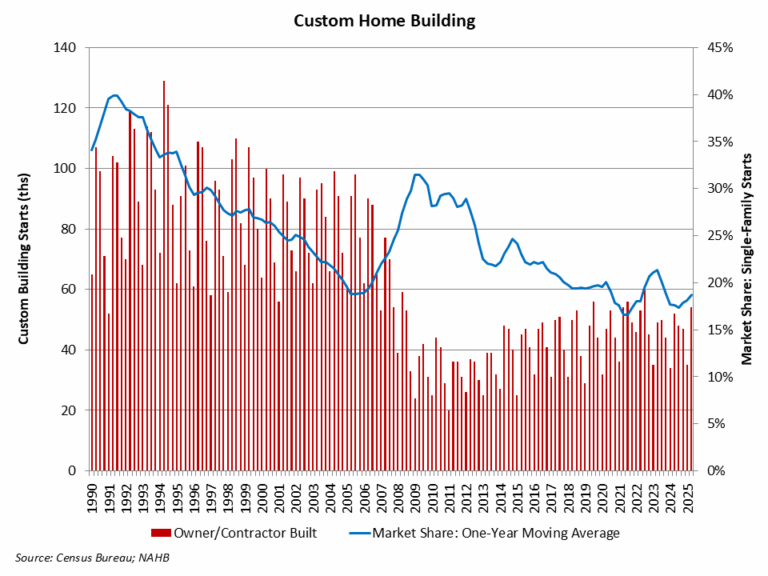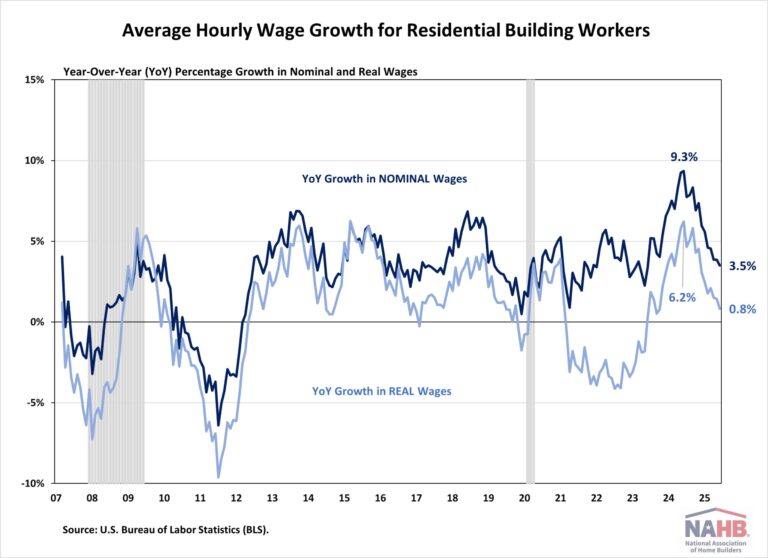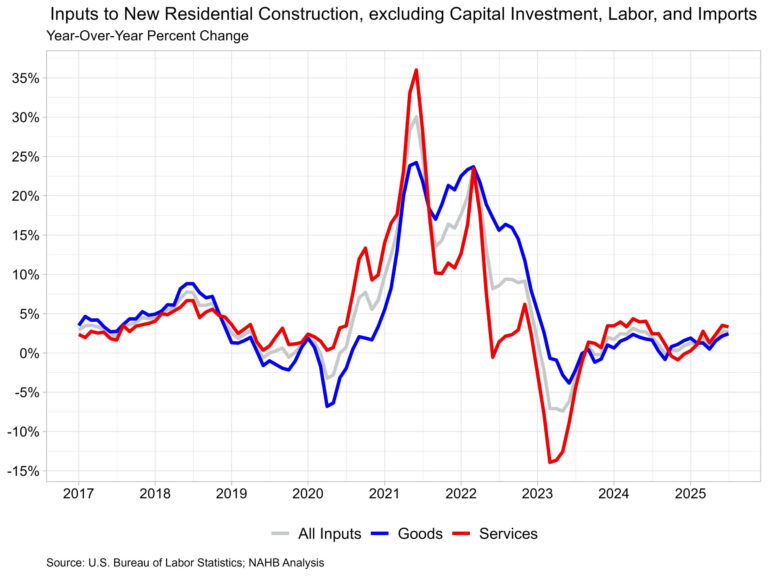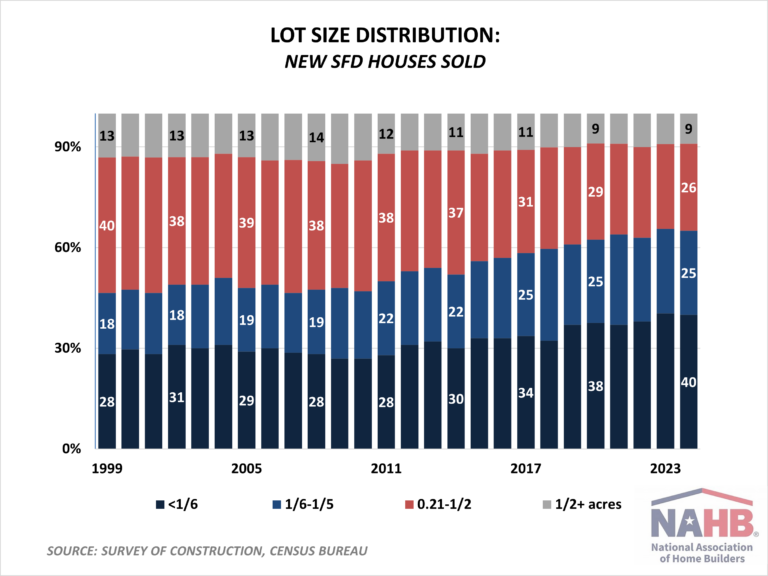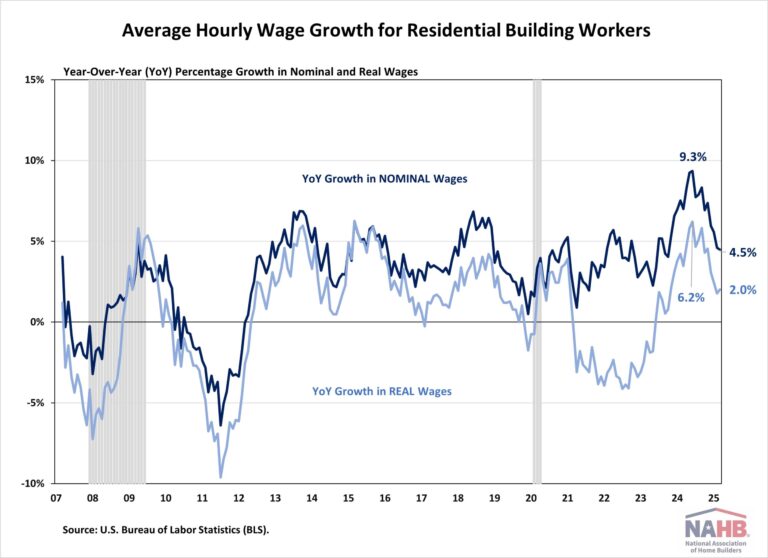The rapid rise of artificial intelligence (AI), particularly machine learning and generative AI (GenAI), is reshaping industries, creating new economic opportunities, and raising critical questions about its long-term impact on jobs and economic growth.
A recent study by Ping Wang and Tsz-Nga Wong, titled “Artificial Intelligence and Technological Unemployment” (NBER Working Paper No. 33867, May 2025), provides valuable insights into how AI is reshaping labor markets. Their research highlights both the opportunities and challenges AI adoption brings to the workforce as it becomes increasingly integrated into the economy.
The paper conceptualizes AI as a “learning-by-using” technology, meaning that AI improves its capabilities by learning from the very workers it may eventually replace. In the short term, this dynamic can significantly boost labor productivity. However, over time, if wages and job roles are not adjusted to reflect the growing capabilities of AI, the technology may transition from a supportive tool to a direct substitute for human labor.
The paper outlines three possible long-term scenarios:
Some-AI Steady State: AI improves productivity threefold but cuts nearly a quarter of jobs. Half of the job losses occur within the first five years, driven by the rapid replacement of workers by an AI system.
Unbounded-AI Equilibrium: AI adoption unfolds smoothly, enhancing productivity without displacing workers. Employment rises modestly as AI becomes a complement to human labor rather than a substitute.
No AI Equilibrium: AI fails to take off, and the labor market remains largely unchanged from its traditional form.
AI presents a dual-edged sword. While it holds the potential to drive sustained growth and create new kinds of work, it also poses significant risks of job displacement. Early stages of AI adoption see the most significant job losses, while those who keep their jobs often see wage increases due to higher productivity.
The authors emphasize that the long-term impact of AI remains uncertain. Outcomes will depend on several variables, including AI’s learning speed, error rates, and the relative cost of replacing workers with machines. This unpredictability makes it difficult to forecast whether AI will be a net job creator or destroyer over time.
Additionally, the study points out that traditional labor market policies are insufficient to address the complex challenges posed by AI. Instead, smart, targeted policies are needed, like balancing the bargaining power between workers and firms, and offering subsidies to jobs at risk of AI disruption. These steps could mitigate negative outcomes and improve overall welfare significantly over the next 20 years, and help make AI a powerful ally in our work rather than a threat.
The Impact of AI on the Home Building Industry: Opportunities and Challenges
In the home building industry, on the supply side, AI is beginning to make its mark with both significant opportunities and complex challenges.
From automating repetitive tasks to enhancing project efficiency, AI is transforming how homes are designed and built. Technologies, such as AI-powered design tools, robotic bricklayers, and automated construction equipment, are streamlining construction processes. These innovations reduce the need for manual labor in certain areas, leading to lower costs and shorter project timelines and helping address ongoing labor shortages. Moreover, AI is creating new opportunities within the home building sector. Demand is rising for workers skilled in AI system management, data analysis, and digital design, signaling a shift toward more technologically integrated and highly skilled roles.
However, the adoption of AI comes with disruption. Without opportunities for reskilling, many workers whose roles may become automated may face displacement. The shortage of highly skilled workers could drive up labor costs and lead to project delays, putting pressure on housing affordability.
To ensure a smooth transformation, targeted policy support is essential. Public and private investment in workforce retraining and upskilling programs will be key to helping displaced workers adapt to new roles, like ones that involve supervising AI systems or solving complex problems machines can’t yet handle.
On the demand side of the housing market, the impact of AI could potentially be farther-reaching. AI will bring short-term disruption to labor markets, eliminating office jobs in metro areas. Such transitions in labor markets will alter housing demand, until the economy produces new jobs in an AI-adopting economy. And in theory, by making workers more productive, AI will raise long-term wage growth. These income gains will be a positive outcome for remodeling, housing demand, and vacation home demand in long run.
For the time being, these impacts are speculative. Over time, they will be worth watching on both the supply and demand sides of the housing market.
Note:
Schmelzer, Ron. “Building The Future: How AI Is Revolutionizing Construction.”
“The Rise of Artificial Intelligence in Construction.” Construction Today, September 2024.
Demirci, Ozge, Jonas Hannane, and Xinrong Zhu. “Research: How Gen AI Is Already Impacting the Labor Market.” Harvard Business Review, November 11, 2024.
“Artificial Intelligence Impact on Labor Markets.” International Economic Development Council (IEDC) and Economic Development Research Partners (EDRP), Literature Review.
Discover more from Eye On Housing
Subscribe to get the latest posts sent to your email.
